Lemongrass, with its fresh citrus scent and tall, graceful stalks, is more than just a culinary delight. It’s a versatile plant that thrives with minimal care, making it a favorite in many home gardens.
Whether you’re a seasoned gardener or a curious newbie, growing lemongrass can be a fulfilling and aromatic journey.
Let’s explore the benefits of growing this herb and delve into some of the best varieties to enhance your garden.
Benefits of Growing Lemongrass
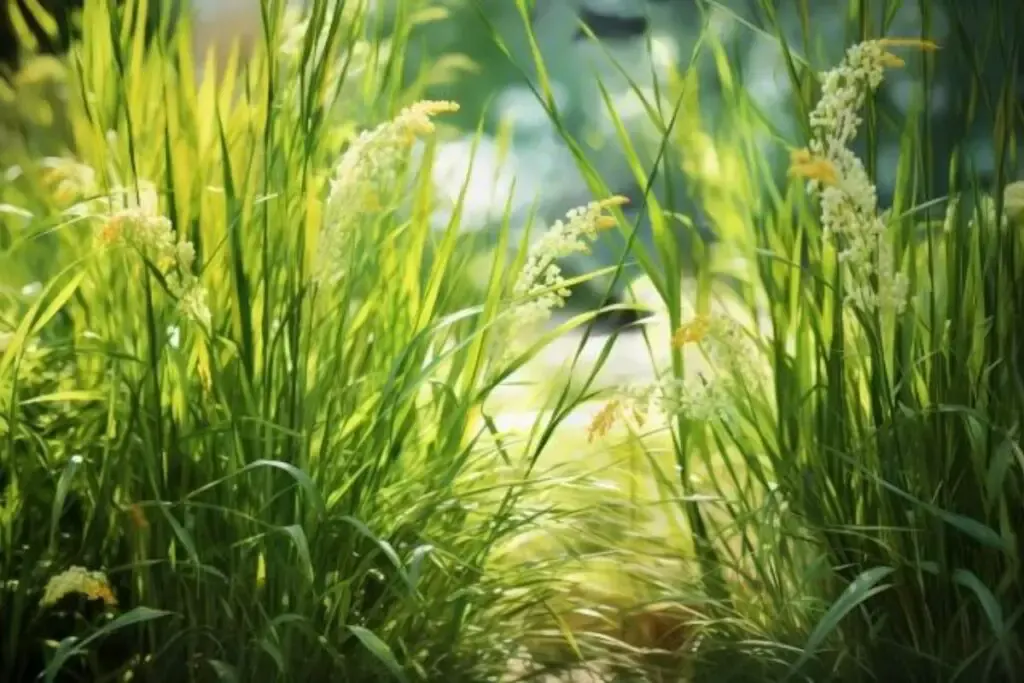
1. Easy to Grow
One of the most appealing aspects of lemongrass is its ease of cultivation. This hardy plant requires minimal maintenance.
It thrives in warm weather and well-drained soil, making it perfect for beginners or those looking for low-effort gardening.
2. Pest Repellant
Lemongrass is known for its natural ability to repel insects. Its strong citrus aroma is pleasant to humans but a deterrent to mosquitoes and other garden pests.
Planting lemongrass in your garden can help create a more comfortable and pest-free outdoor space.
3. Culinary and Medicinal Uses
Beyond its gardening benefits, lemongrass is a valuable culinary herb. Widely used in Asian cuisines, its tangy flavor enhances soups, teas, and curries.
Lemongrass also boasts medicinal properties, including aiding digestion and helping to relieve anxiety.
My Favorite Lemongrass Varieties
Lemongrass might seem like a one-variety wonder, but there are actually several types that can bring different qualities to your garden and kitchen.
From the most common to the most unique, each variety has its own charm.
1. Cymbopogon citratus (Common Lemongrass)
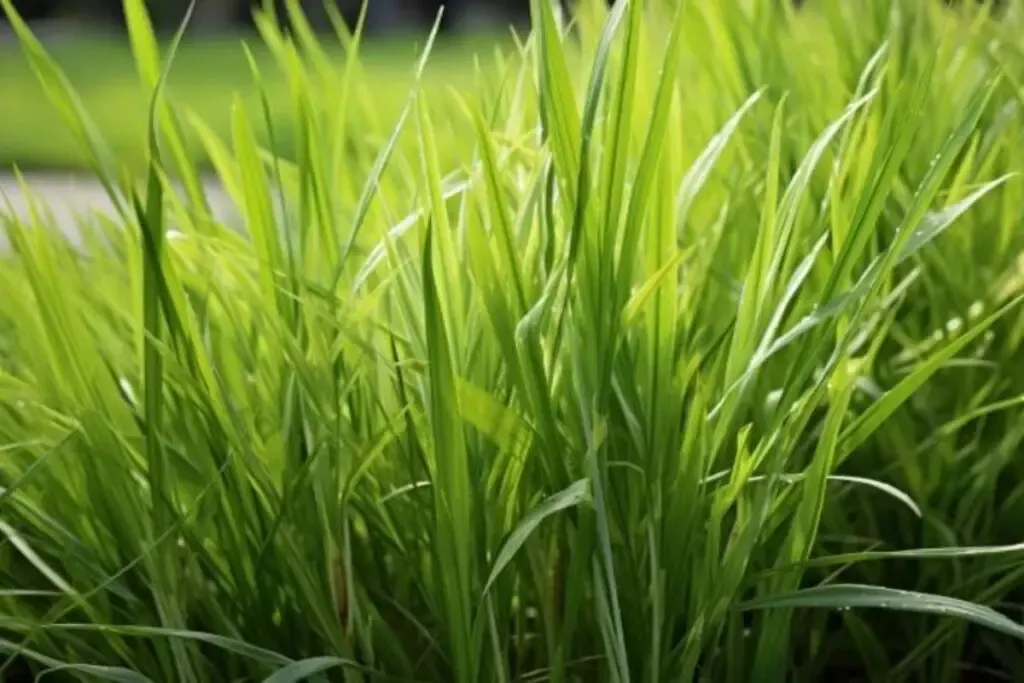
This is the variety most often used in cooking. Its robust flavor and easy growth habit make it a staple in both gardens and kitchens.
2. Cymbopogon flexuosus (East Indian Lemongrass)
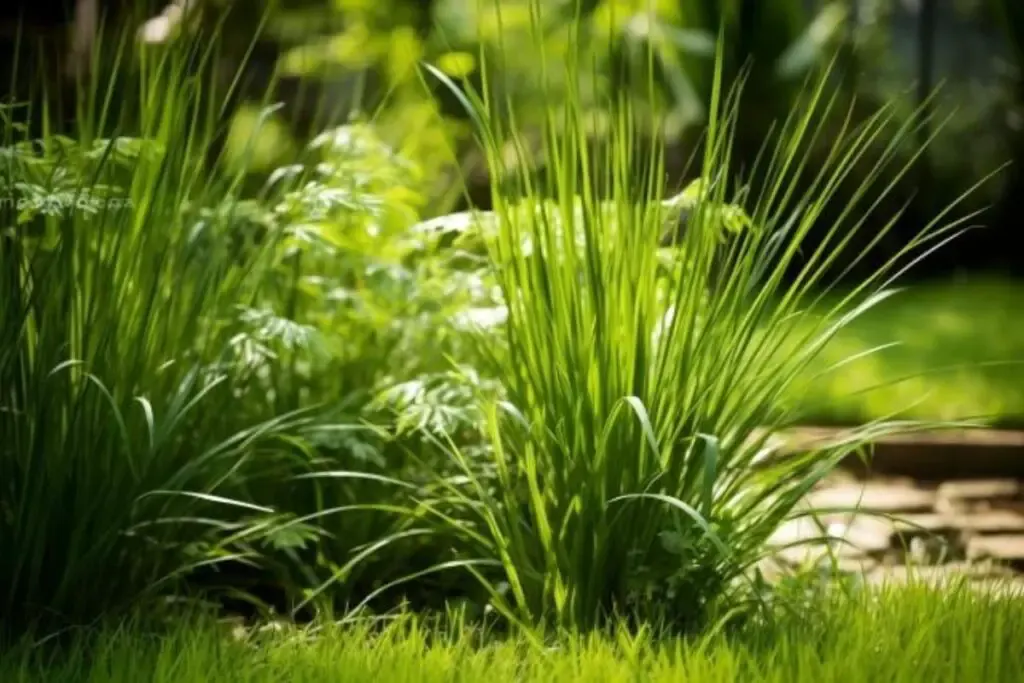
A bit more intense in flavor, this variety is often used in perfumes and medicinal oils. It’s also known for its particularly lush and attractive foliage.
3. The Easiest to Grow: ‘West Indian Lemongrass’
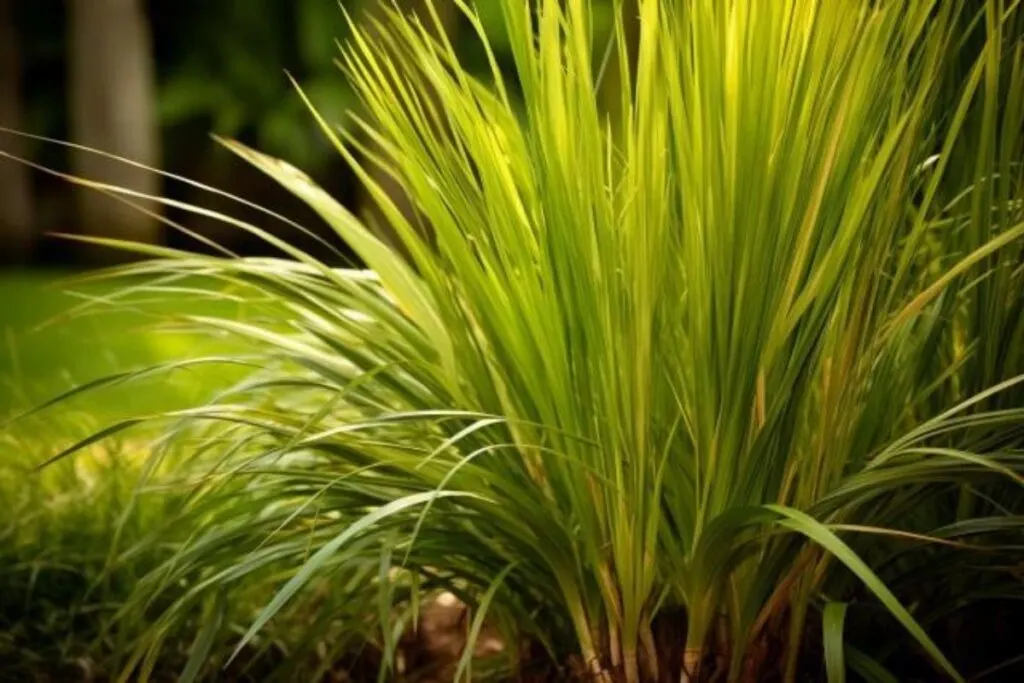
If you’re looking for the simplest variety to start with, ‘West Indian Lemongrass’ is your best bet. It’s incredibly resilient, adapts well to different environments, and requires minimal care, making it perfect for beginners.
Lemongrass Care
Caring for lemongrass is a straightforward and rewarding process. By understanding and meeting its basic needs, you can ensure your lemongrass not only survives but thrives.
Let’s break down the key aspects of lemongrass care.
Planting
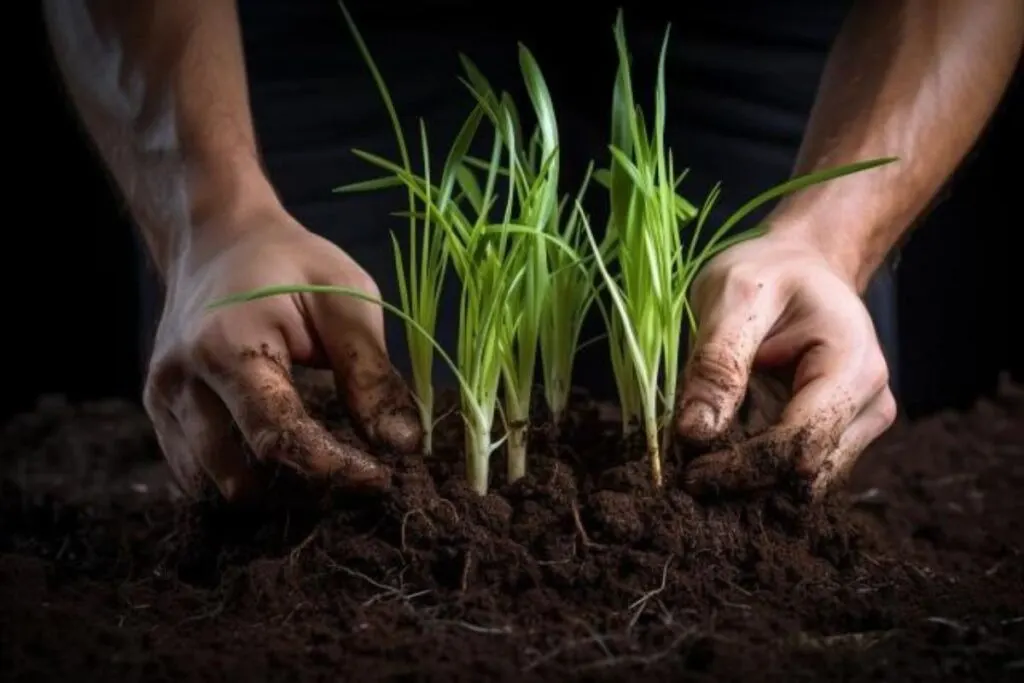
Lemongrass is best planted in the spring, once the threat of frost has passed. You can start with seeds indoors and transplant them, or use stalks purchased from a grocery store.
Plant them in a sunny spot and give each clump about a foot of space to spread out.
Light
This herb loves sunlight. Place your lemongrass in a location where it can receive at least six to eight hours of direct sunlight daily.
If you’re growing it indoors, a south-facing window is ideal. In regions with extremely hot summers, a bit of afternoon shade will prevent scorching.
Soil
Lemongrass prefers well-draining soil. It’s tolerant of a range of soil types, but adding organic matter can improve poor soil. Ensure good drainage to prevent root rot – this plant doesn’t like to sit in soggy soil.
Water
While established lemongrass plants are somewhat drought-tolerant, they perform best with consistent moisture. Water your lemongrass when the top inch of soil feels dry. Overwatering can be detrimental, so ensure the soil is not waterlogged.
Temperature and Humidity
Lemongrass thrives in warm, humid climates, similar to its native tropical regions. It’s not frost-hardy, so if you live in a cooler climate, consider growing lemongrass in containers and bringing them indoors during colder months.
Fertilizer
Feed your lemongrass with a balanced, all-purpose fertilizer every few weeks during the growing season.
This will help promote lush growth and healthy stalks. Be careful not to over-fertilize, as this can lead to weak, floppy growth.
Harvesting Lemongrass
Harvesting lemongrass is a gratifying experience, especially when you use it fresh in your recipes. The best time to harvest is when the stalks are about half an inch thick and at least 12 inches tall.
Gently pull the entire stalk from the base, or cut just above the root level. The lower portion of the stalk, which is more tender, is typically used in cooking.
Pruning
Regular pruning encourages lemongrass to become bushier and more productive. Trim the tops of the plants to promote new growth and prevent them from becoming too leggy.
Also, remove any yellow or dying leaves to keep the plant healthy and prevent disease.
Propagating
Propagating lemongrass is simple. You can propagate it from stalks bought at a grocery store or from divisions of existing plants.
Place the base of the stalks in water until roots develop, then transplant them into the soil. Alternatively, divide the root clumps of an established plant and replant each section.
How to Grow Lemongrass From Seed
Growing lemongrass from seed can be a bit more challenging but certainly rewarding. Start the seeds indoors about 6-8 weeks before the last frost date.
Use a seed starting mix and keep the soil moist and warm (about 70°F). Once the seedlings are big enough to handle and the danger of frost has passed, transplant them outdoors in a sunny spot.
Growing in Pots
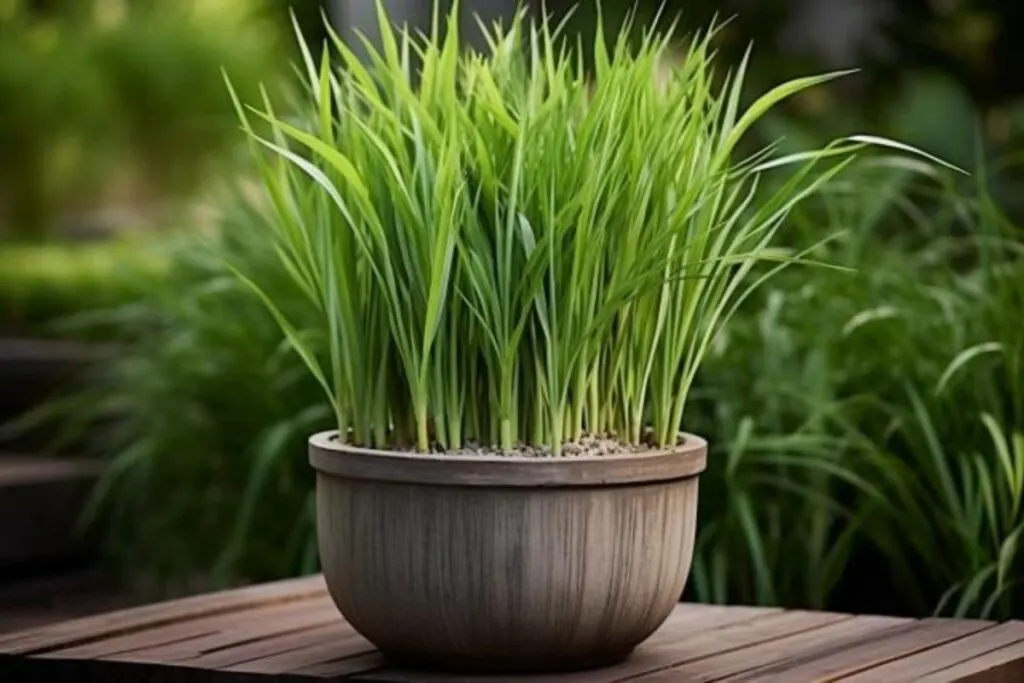
Lemongrass grows well in pots, making it a great option for those with limited outdoor space. Choose a pot that is at least 12 inches in diameter and has good drainage holes.
Use a well-draining potting mix and place the pot in a sunny location. Remember, potted lemongrass will need more frequent watering than ground-planted ones.
If you live in a cooler climate, growing in pots makes it easy to bring your lemongrass indoors during the winter.
Overwintering
Overwintering lemongrass is key in climates where the temperature drops below freezing. Before the first frost, dig up your lemongrass and pot it in a container with well-draining soil.
Trim the leaves and stalks to about a third of their original size. Keep the plant in a cool, bright place indoors, such as a sunny windowsill.
Water sparingly, just enough to prevent the soil from completely drying out. This dormant period allows the plant to rest before the next growing season.
Transplanting
Transplanting lemongrass is best done in the spring or early summer. When transplanting, gently loosen the root ball and place it in a hole that’s just deep enough to cover the roots.
Backfill with soil and water thoroughly. This is also a great time to divide larger clumps to propagate new plants or to manage the size of your lemongrass.
Common Pests & Diseases
Lemongrass is relatively resistant to pests and diseases, but it’s not immune. Watch out for rust, which appears as orange, powdery spots on the leaves, and treat with a fungicide if necessary.
Root rot can occur in overly wet conditions, so ensure proper drainage. As for pests, spider mites and aphids may sometimes bother lemongrass, especially when grown indoors. These can usually be controlled with insecticidal soap or neem oil.
Growing and caring for lemongrass can be a joyous and aromatic addition to your garden. Its ease of care, coupled with its culinary and medicinal uses, makes it a rewarding endeavor for gardeners of all levels.
Remember, the key to a thriving lemongrass plant lies in the simplicity of its needs – sunlight, well-drained soil, and a bit of care.
Happy gardening!
